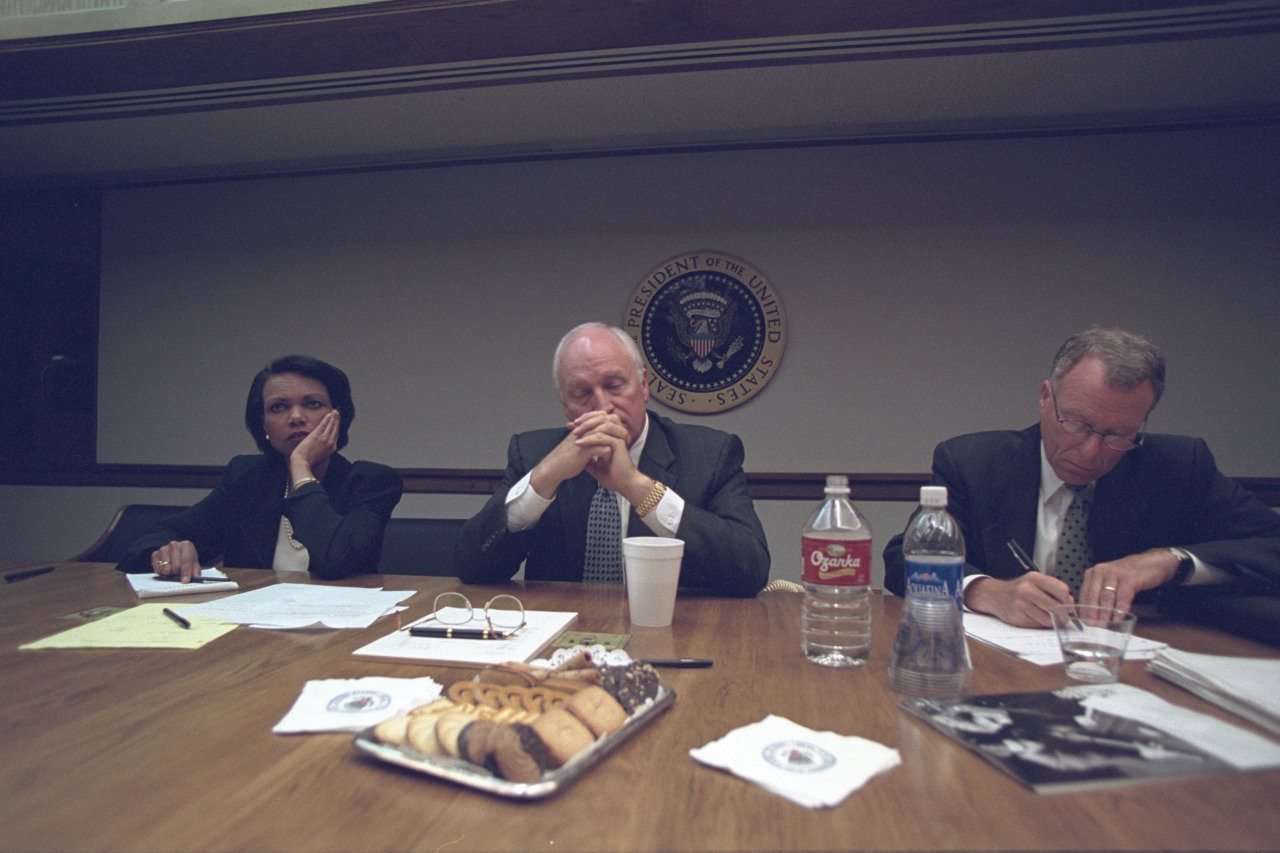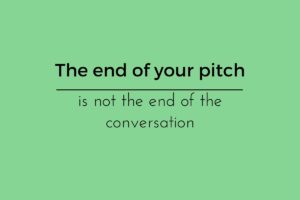There is more to pitching than good content
When creating your pitch, don’t forget that there are other aspects to it than just the message and content. The ending of your pitch might be a bigger part of the entire experience than you think. Actually in retrospect people base the entire experiences from the peak and end of a certain situation.
Before we move on to why this is the case we suggest you watch this TEDtalk about happiness. The presenter is the inventor of behavioral economics Daniel Kahneman and he speaks of the difference between the experiencing selves (how you actually feel in a certain situation) and the remembering selves (how you feel when you look back at the same experience).
Key take aways from Kahneman
You still here? Awesome. There is a gap between how we feel in an experience and how the memory tells us we were feeling in the same situation. The problem with this is that the decision maker for which experiences we seek in the future is the remembering selves. And this type of decision is based on the peak and the end of an experience.
How is this usable to us when we create our next pitch?
So next time you create a pitch remember that people will remember a lot of the experience of your pitch from your ending. So we have to know what is going on inside of the listeners body and how they feel. That feeling will impact how they remember your message and most importantly how they will act in relation to that message.
Sparking a good feeling in your listener
When you want to change people’s attitude, opinion or choices it is really important that they have a good feeling in their body after your pitch. Lucky for us, that positive emotion can be created by applying something as simple as relevance. If you manage to capture your listener with your relevant introduction (the Hook) and if there is a match with the need you present, a relevant ending (the Close) can be the catalyst for creating that positive feeling.
Even if your message is clear as crystal then you must ensure that your close matches the goal of your pitch, but also matches the next best step for your listener in order to get the need you presented in the beginning, covered. That way your listener will have a much easier way remembering your pitch because your close actually made sense to them in the given situation.
So, remember good ol’ Kahneman for your next pitch: The way you end your pitch can mean a great deal to how your listener remembers your pitch as a whole. For better or worse!
A memorable ending to your pitch
Before we go our separate ways, let me recommend you this pitch by Airhelp’s founder Henrik Zillmer who delivers a sharp, memorable close. Take extra notice of how he delivers a clear call-to-action at around 2:47 in the video, which at the same time gives his audience a nice feeling inside afterwards.


